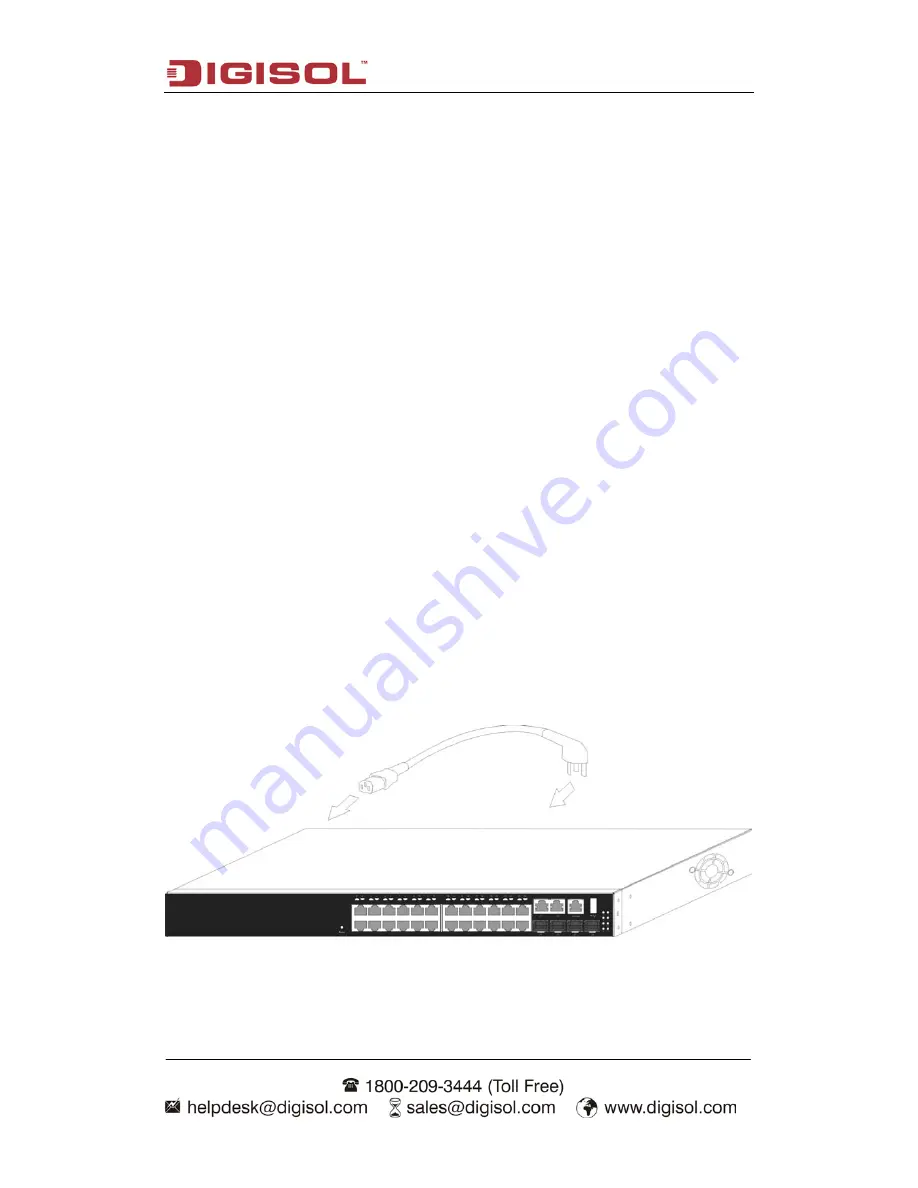
Hardware Installation
2-9
Fiber cables should be connected as below:
Step 1: remove the protective plug from the SFP/XFP fiber transceiver bore; Remove the
protective cap from one end of the fiber cable. Keep the fiber end clean and neat.
Step 2: Attach one end of the fiber cable to the SFP/XFP transceiver, and attach the other
end to the transceiver of the other devices. Note: SFP/XFP transceiver’s TX port should
be connected to RX port of other device, and SFP/XFP transceiver’s RX port should be
connected to TX port of other device.
Step 3: Check the fiber port status indicator, a light LED indicates that the link has been
established; otherwise the link is not ready and should be examined.
Caution!
Please verify the sign above the port to ensure using the other ports. Connecting to wrong
ports might damage the transceiver or the other ports. When connecting other devices
through a fiber cable to the switch, the output power of the fiber cable must not exceed the
maximum received power of the corresponding modules. Otherwise, it will damage the
fiber transceiver. Do not stare at the fiber bore when the switch is in operation. That may
hurt your eyes.
2.3.5 Power Supply Connection
DG-GS4600 uses 220V AC power. Please read the power input specification for the
detailed information.
Power supply connection procedure is described as below:
Fig 2-4 Attaching power cable to DG-GS4600


































